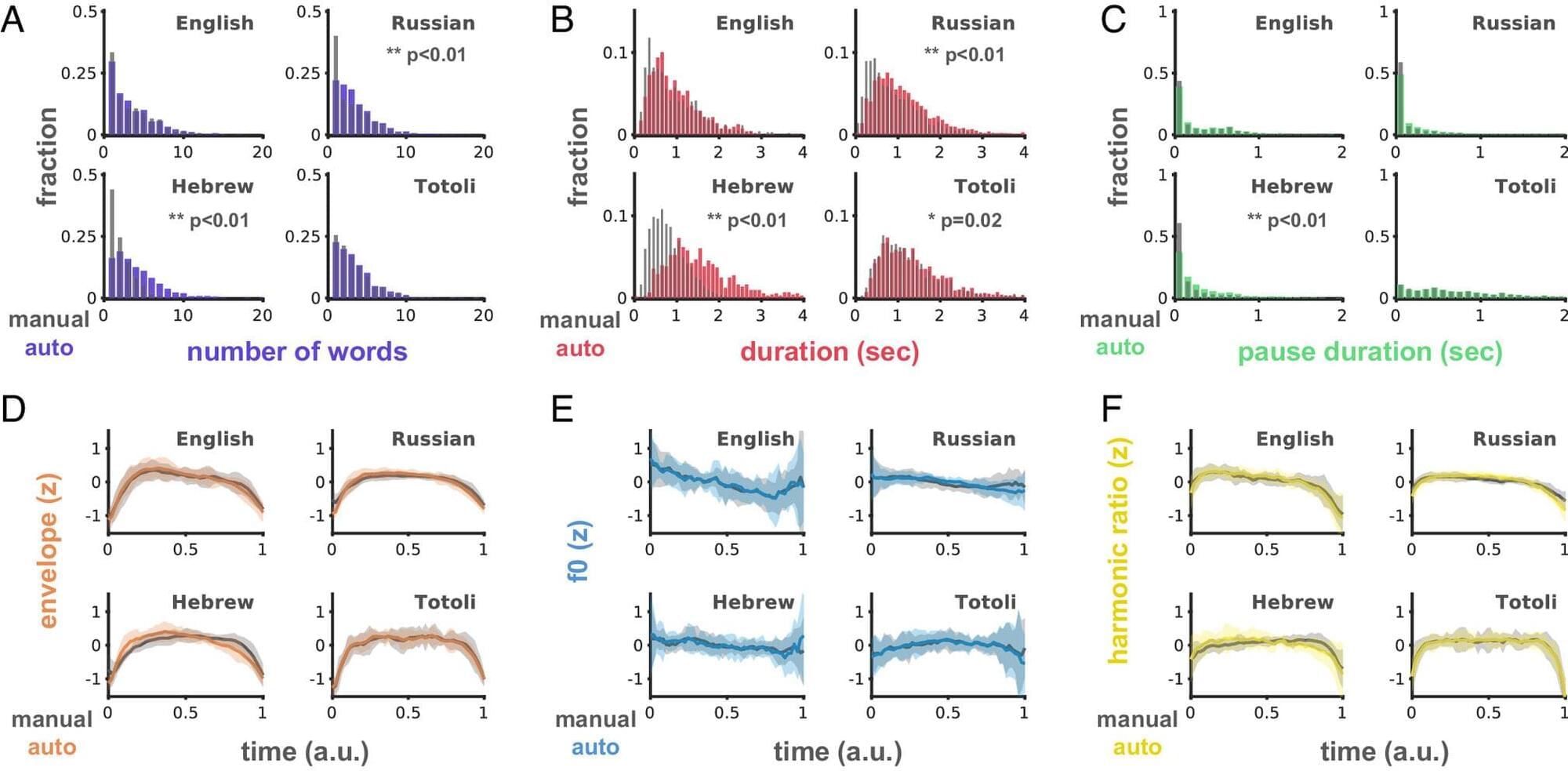What a terrible day to have eyes.
Get the latest international news and world events from around the world.
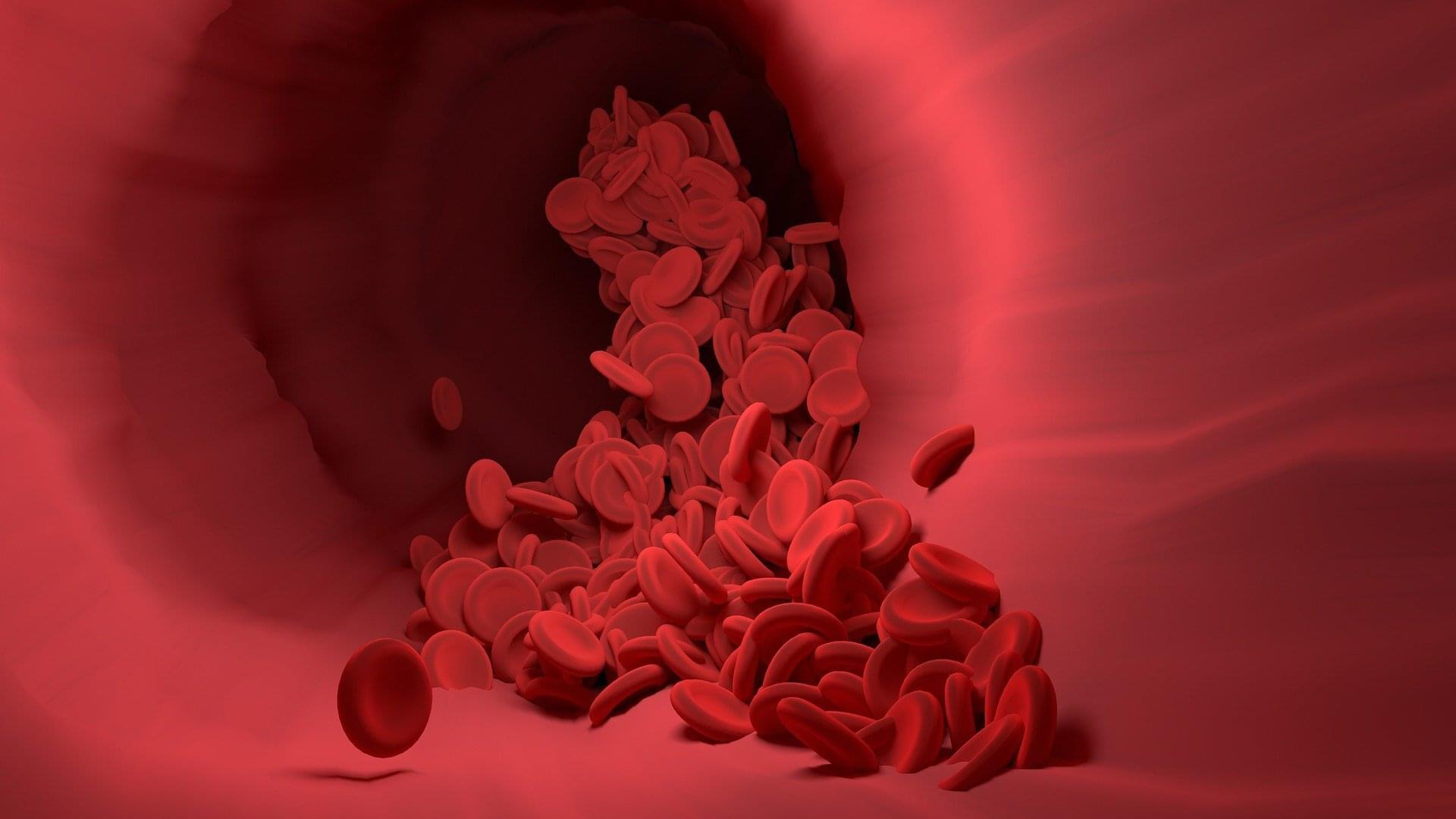
Key genes that act as a brake on blood cancer growth reveal potential treatment targets
Australian researchers have used an innovative genome-wide screening approach to identify genes, and their encoded proteins, that play critical roles in the prevention of lymphoma development, revealing new potential treatment targets for these blood cancers.
The study, published in Nature Communications, has identified a group of proteins known as the GATOR1 complex as essential tumor suppressors.
The GATOR1 complex normally functions as a “brake” on cellular growth by regulating pathways that control cell growth and metabolism. When GATOR1 components are lost or defective, this protective mechanism fails, allowing cells to grow uncontrollably.
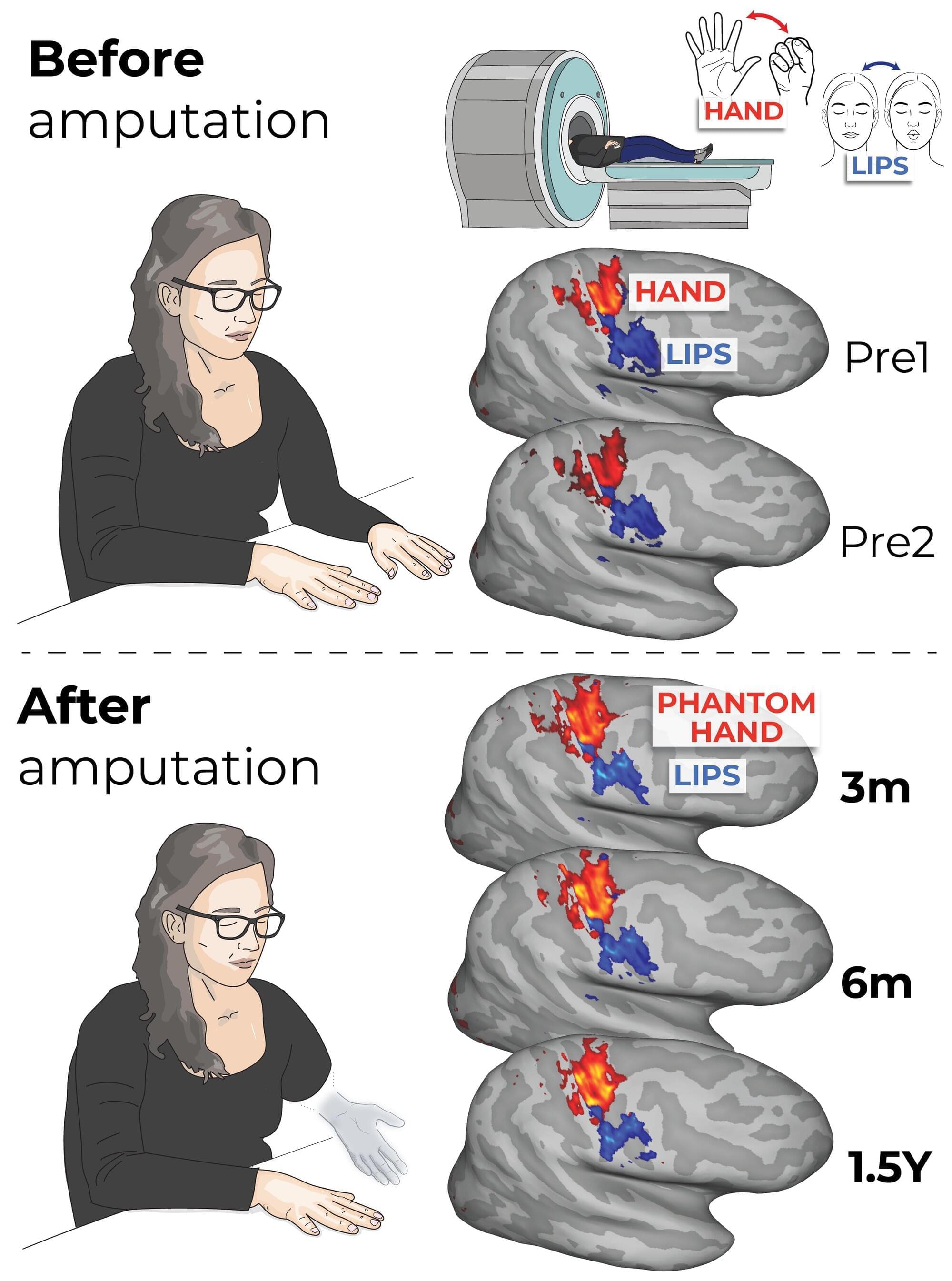
Gone but not forgotten: New research shows the brain’s map of the body remains unchanged after amputation
The brain holds a “map” of the body that remains unchanged even after a limb has been amputated, contrary to the prevailing view that it rearranges itself to compensate for the loss, according to new research from scientists in the UK and US.
The findings, published in Nature Neuroscience, have implications for the treatment of “phantom limb” pain, but also suggest that controlling robotic replacement limbs via neural interfaces may be more straightforward than previously thought.
Studies have previously shown that within an area of the brain known as the somatosensory cortex there exists a map of the body, with different regions corresponding to different body parts.
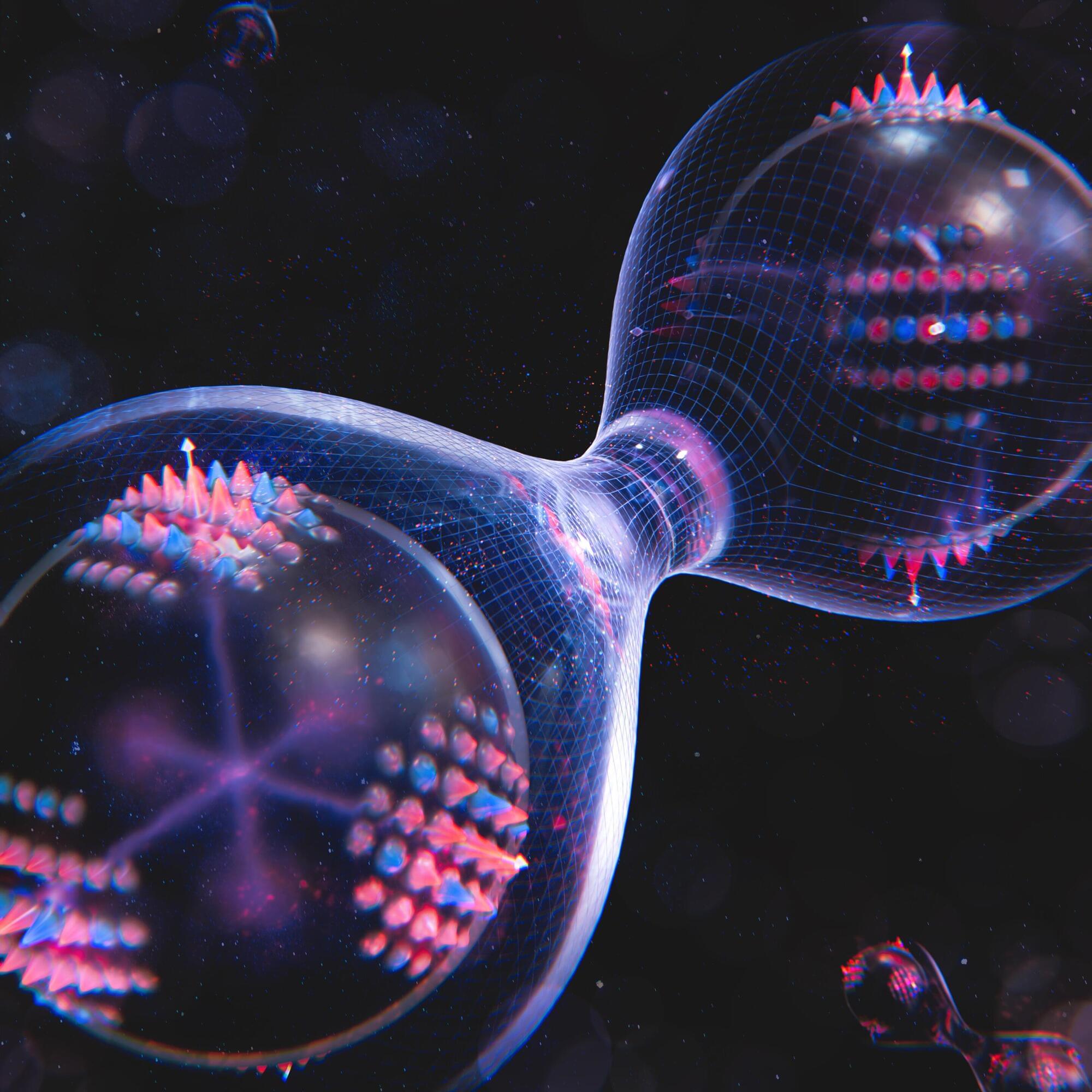
‘Rosetta stone’ of code allows scientists to run core quantum computing operations
To build a large-scale quantum computer that works, scientists and engineers need to overcome the spontaneous errors that quantum bits, or qubits, create as they operate.
Scientists encode these building blocks of quantum information to suppress errors in other qubits so that a minority can operate in a way that produces useful outcomes.
As the number of useful (or logical) qubits grows, the number of physical qubits required grows even further. As this scales up, the sheer number of qubits needed to create a useful quantum machine becomes an engineering nightmare.
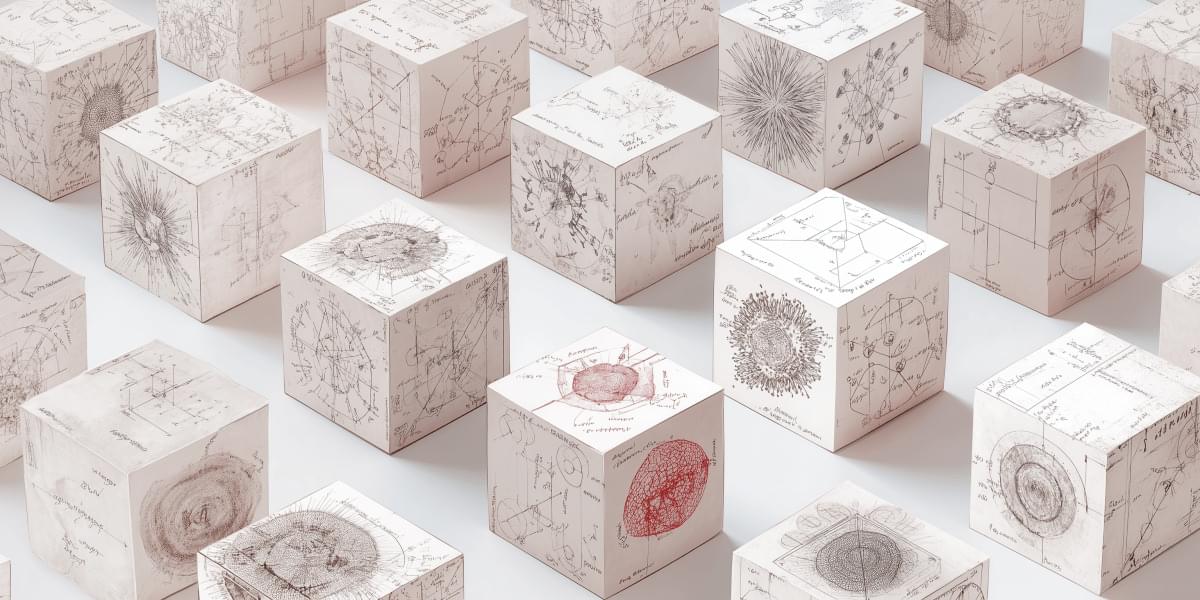
Notes on Fundraising Mechanics for Startups
Are you a technical founder who wants a better understanding of fundraising in startups? Well, I am too. That’s why I wrote up these notes which explore the mechanics and terminology associated with raising rounds. Hope you find this useful as well!
PDF version: Notes on Fundraising Mechanics for Startups by Logan Thrasher Collins Valuation A company’s valuation is initially an estimate of how much the company is worth as set by methods such as the following.

New formula improves accuracy of particle concentration measurements in diverse samples
Researchers can use a metric called the particle number concentration (PNC) to calculate the number of particles in a sample, such as the number of marbles in a jar.
Researchers at the National Institute of Standards and Technology (NIST) have developed a new mathematical formula to calculate the concentration of particles suspended in a solution. The new approach, which yields more accurate results than current methods, can be used to deliver the correct drug dosage to patients, measure the amount of nanoplastics in ocean water, and help ensure the correct level of additives in food products, among other applications.
The researchers have published their findings in Analytical Chemistry.
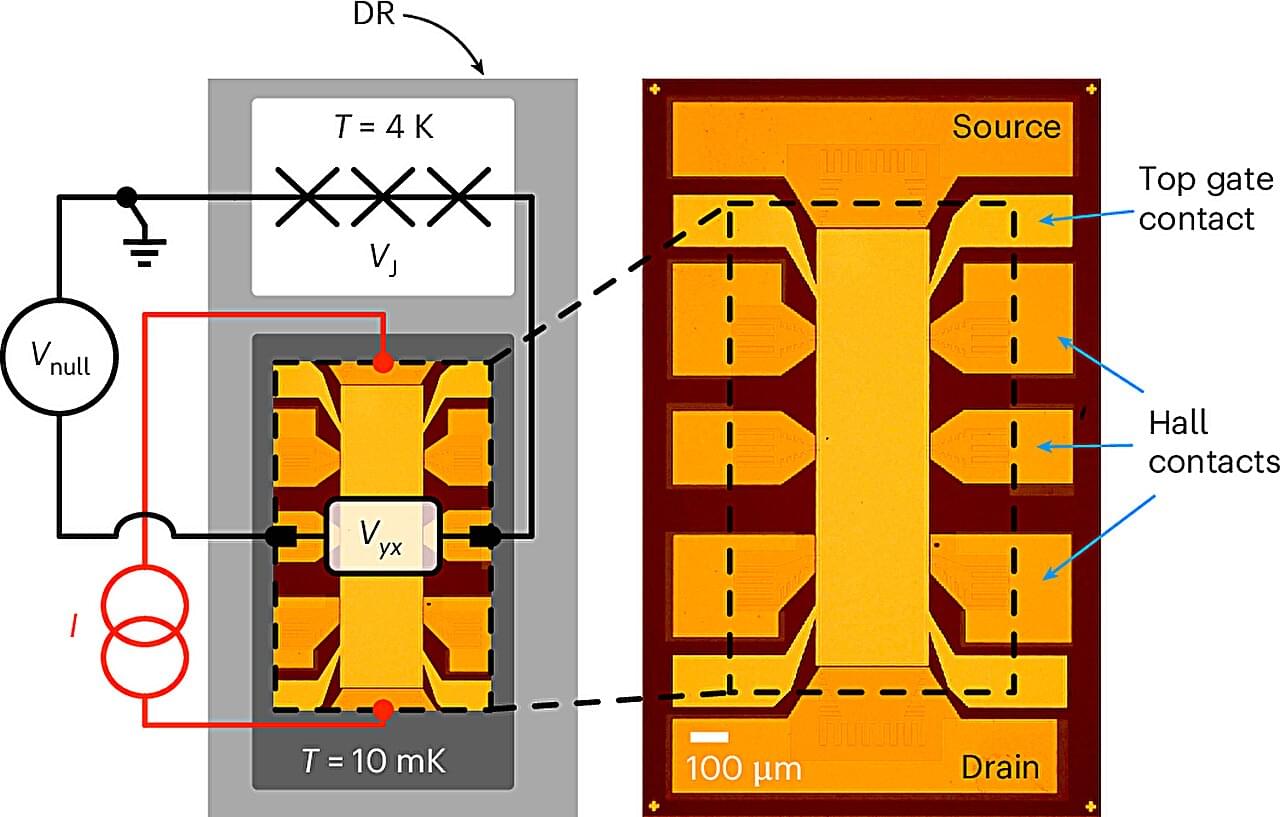
Single quantum device that measures amperes, volts and ohms could revolutionize how we measure electricity
A team of scientists has revealed how a single quantum device can accurately measure the three fundamental units of electricity—the ampere (unit of electrical current), the volt (unit of electrical potential) and the ohm (unit of electrical resistance). This is a significant breakthrough because until now, no single instrument could measure all three primary electrical units in one practical system. It means that making electrical measurements could be more precise and reduce the potential for human error.
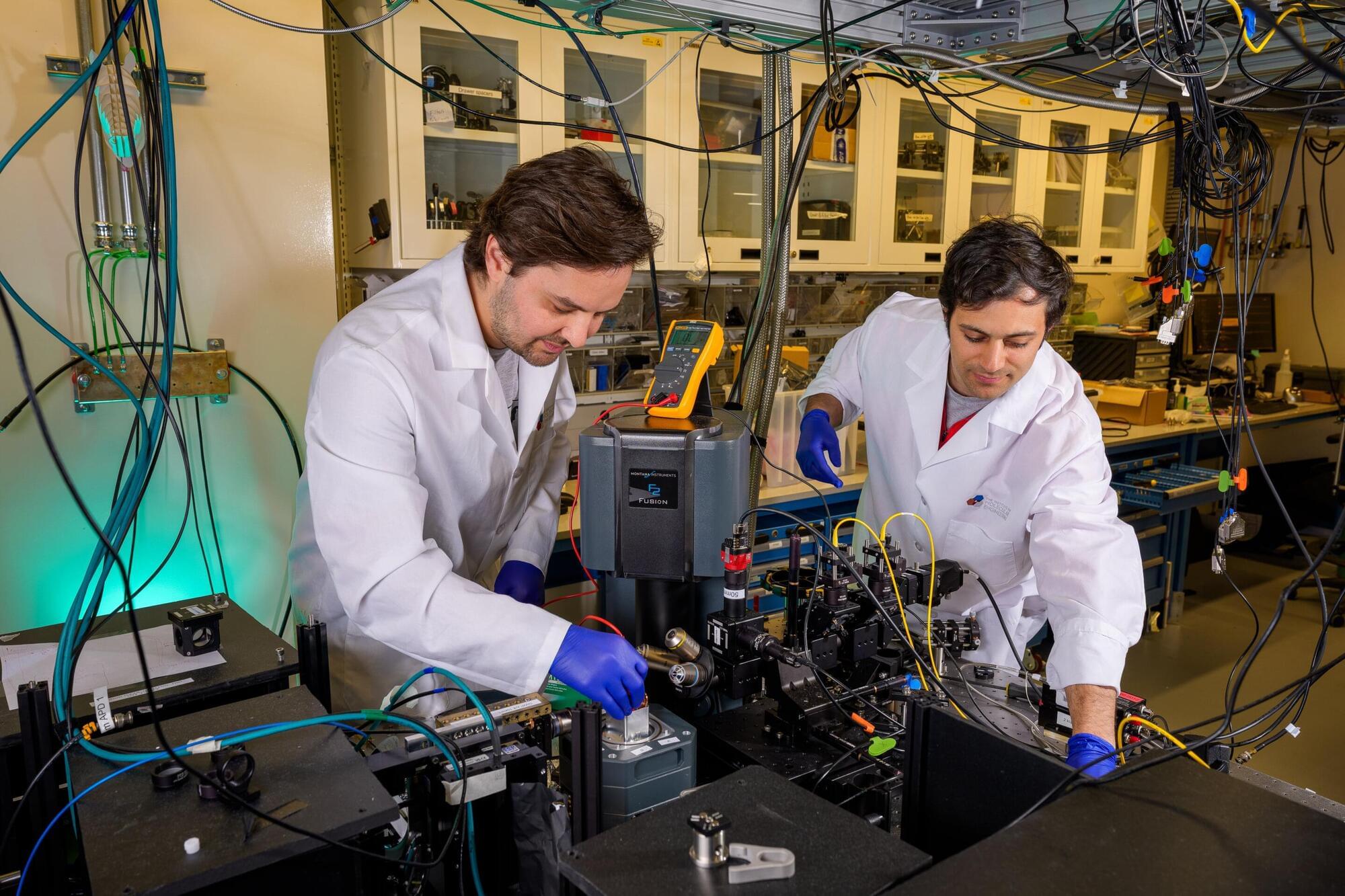
Scientists program cells to create biological qubit in multidisciplinary research
At first glance, biology and quantum technology seem incompatible. Living systems operate in warm, noisy environments full of constant motion, while quantum technology typically requires extreme isolation and temperatures near absolute zero to function.
But quantum mechanics is the foundation of everything, including in biological molecules. Now, researchers at the University of Chicago Pritzker School of Molecular Engineering (UChicago PME) have turned a protein found in living cells into a functioning quantum bit (qubit), the foundation of quantum technologies. The protein qubit can be used as a quantum sensor capable of detecting minute changes and ultimately offering unprecedented insight into biological processes.
“Rather than taking a conventional quantum sensor and trying to camouflage it to enter a biological system, we wanted to explore the idea of using a biological system itself and developing it into a qubit,” said David Awschalom, co-principal investigator of the project, Liew Family Professor of Molecular Engineering at UChicago PME and director of the Chicago Quantum Exchange (CQE). “Harnessing nature to create powerful families of quantum sensors—that’s the new direction here.”
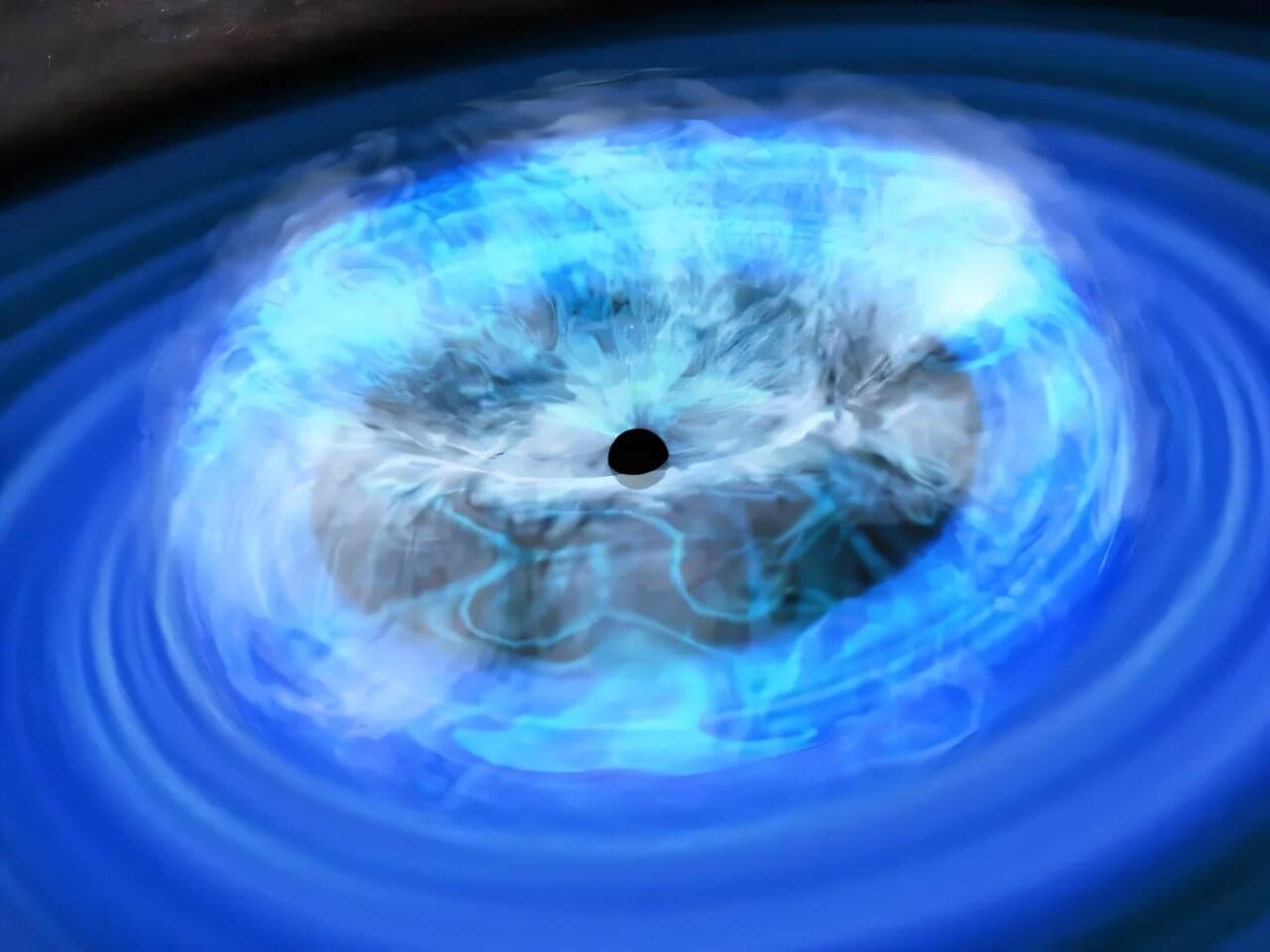
Accidental double zoom reveals millimeter waves around supermassive black hole
An international team of astronomers led by Matus Rybak (Leiden University, Netherlands) has proven, thanks to accidental double zoom, that millimeter radiation is generated close to the core of a supermassive black hole. Their findings have been accepted for publication in the journal Astronomy & Astrophysics and are available on the arXiv preprint server.
